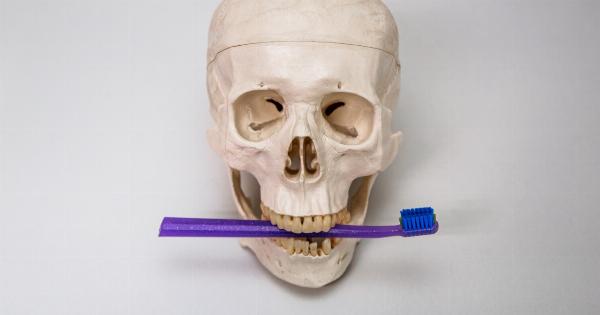Fatty liver disease, also known as hepatic steatosis, is a condition where excess fat builds up in the liver. It is a common condition that affects millions of people worldwide. This disease is more commonly seen in women than men.
In this article, we will take a closer look at why fatty liver disease is more common in women.
1. Hormonal Differences
Hormonal differences between men and women play a significant role in the prevalence of fatty liver disease. Men typically have higher levels of testosterone, which is known to have a protective effect on the liver.
Testosterone reduces the accumulation of fat in the liver and increases the production of proteins that help to protect the liver. Women, on the other hand, have higher levels of estrogen, which can increase the amount of fat stored in the liver.
2. Menopause
Another factor that contributes to the higher incidence of fatty liver disease in women is menopause. During menopause, women experience a decline in estrogen levels.
This decline can affect the distribution of body fat, leading to an increase in abdominal fat storage. This type of fat is particularly harmful to the liver and can lead to the development of fatty liver disease.
3. Pregnancy
Pregnancy is another factor that contributes to the higher incidence of fatty liver disease in women. During pregnancy, the body undergoes significant changes in hormone levels, metabolism, and body weight.
These changes can increase the risk of developing fatty liver disease. Additionally, women who develop gestational diabetes during pregnancy are also at an increased risk of developing fatty liver disease.
4. Lifestyle Factors
Lifestyle factors such as diet and exercise play a significant role in the development of fatty liver disease. Women tend to have higher rates of obesity than men, which is a significant risk factor for the development of fatty liver disease.
Additionally, women are more likely to engage in sedentary behavior, which can increase the risk of developing fatty liver disease.
5. Liver Function
The liver plays a critical role in the metabolism of estrogen. When the liver is not functioning correctly, it can lead to an imbalance in hormone levels, which can contribute to the development of fatty liver disease.
Women are more likely to develop liver disease because they have smaller livers than men, which means they are more susceptible to the harmful effects of toxins and other substances that can accumulate in the liver.
6. Genetics
Genetics also play a role in the development of fatty liver disease. Some people may have a genetic predisposition to the disease, which can increase their risk of developing it.
Women are more likely to inherit this genetic predisposition compared to men.
7. Medications
Some medications can also contribute to the development of fatty liver disease. Women are more likely to take medications that can cause liver damage, such as birth control pills and hormone replacement therapy.
These medications can increase the risk of developing fatty liver disease, especially if the woman has other risk factors for the disease.
8. Diabetes
Diabetes is a significant risk factor for the development of fatty liver disease. Women are more likely to develop diabetes than men, which can increase their risk of developing fatty liver disease.
This risk is further increased if the woman has other risk factors for the disease, such as obesity or a family history of the disease.
9. Age
Age is another factor that contributes to the higher incidence of fatty liver disease in women. As women age, they are more likely to develop the disease.
This is because age is associated with a decrease in liver function and an increase in abdominal fat storage.
10. Conclusion
In conclusion, there are several reasons why fatty liver disease is more common in women than men.
Hormonal differences, menopause, pregnancy, lifestyle factors, liver function, genetics, medications, diabetes, and age all play a role in the development of this disease.
Women should pay close attention to their liver health and take steps to reduce their risk of developing fatty liver disease by eating a healthy diet, getting regular exercise, avoiding medications that can damage the liver, and maintaining a healthy weight.





























